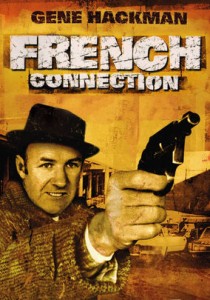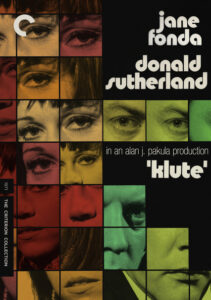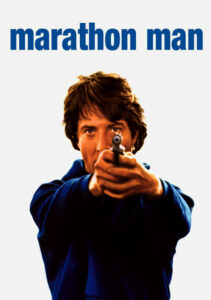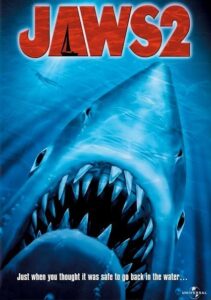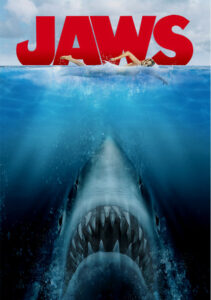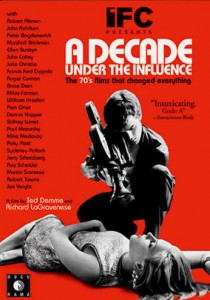The French Connection-1971
Director William Friedkin
Starring Gene Hackman, Roy Scheider
Top 250 Films #71
Scott’s Review #342
Reviewed January 9, 2016
Grade: A
The French Connection had the notable distinction of being the first R-rated film to win the coveted Academy Award for Best Picture in 1971.
This praise, similar to The Silence of the Lambs being the first horror film to win Best Picture in 1991, is well worth pointing out and is quite honorary.
The film succeeds, both for me and other critics, due to its unique camerawork style, shot in a documentary manner, and the use of quick edits.
It is much more intricate in every way than the traditional crime thriller.
Gene Hackman stars as the feisty detective, Jimmy “Popeye” Doyle, who along with his partner, Buddy “Cloudy” Russo, (Scheider) are determined to crack the case of a massive heroin smuggling syndicate from France.
The narcotics are flowing into New York City and the duo is determined to get to the bottom of the drug ring, figuring out who is the mastermind and defeating their foe.
The primary culprit is a suave French drug lord named Alain Charnier, brilliantly played by Fernando Rey.
Throughout the film, the action is non-stop, traversing throughout Manhattan and Brooklyn, via subway, and car, as Popeye becomes more and more obsessed with the case.
Director William Friedkin, who also directed the legendary 1973 film, The Exorcist, deserves a heap of praise for creating a film of this caliber. The French Connection can be enjoyed by all and is well beyond the limitations of a “guy film”- it is much more than that.
The editing and frenetic pacing work wonders for the film, all the while not ruining the experience or overshadowing the good plot. Quite simply, the film is a chase across New York City.
Friedkin distinguishes the boroughs by making Manhattan seem sophisticated and stylish, and Brooklyn dirty, grizzled, and drug-laden.
The settings are perfect.
The best scene in the film is the well-known car chase throughout New York City. Popeye is determined not to lose his man, the man riding in a subway on an elevated platform. Popeye steals a car and proceeds to chase the subway narrowly missing pedestrians, including a woman with a baby carriage, as he recklessly weaves in and out of traffic at a high speed, to keep pace with the train.
This is a phenomenal scene as the excitement and tension continue to build.
The conclusion of the film and the final scene is cynical and also leaves the audience perplexed and unsure of what has transpired.
The French Connection is open to good discussion and even interpretation, a novel aspect of the action film.
Providing a tremendous glimpse into 1970s Manhattan and Brooklyn, The French Connection is an exciting film that oozes with thrills, car chases, and a good story.
The film is unique in style and still holds up incredibly well- one of my favorites in the action genre.
Oscar Nominations: 5 wins-Best Picture (won), Best Director-Richard Friedkin (won), Best Actor-Gene Hackman (won), Best Supporting Actor-Roy Scheider, Best Screenplay Based on Material from Another Medium (won), Best Sound, Best Cinematography, Best Film Editing (won)
